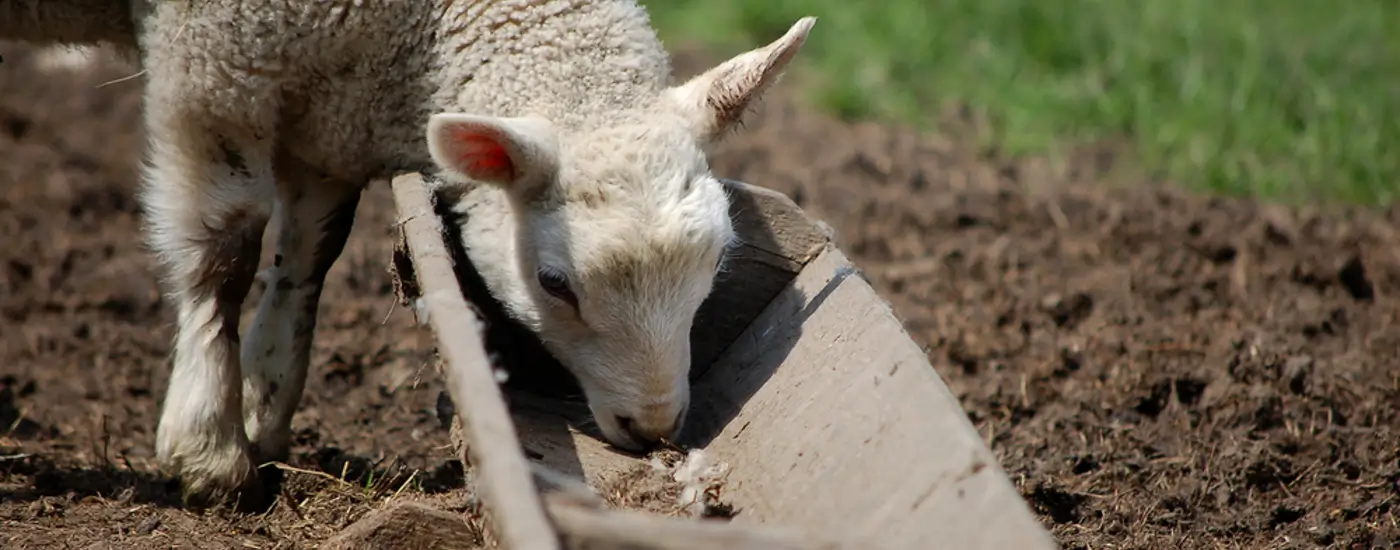Haylage, Silage, Straw & Other Feedstuffs
Haylage, silage, straw and further feedstuffs are required at different points in the year, in line with feeding and fodder demands. The livestock industry has dramatically grown over the past 150 years, which has resulted in an increased demand on the amount and variety of feed that is required by those operating agricultural services.

About Feed, Haylage, Silage and Straw
The choice of what to feed your livestock is dictated by a number of factors, this includes the age and species of the livestock kept, their intended use (meat, milk or eggs), the options available to you within your area and price range, the overall nutritional value and the seasonality, with Winter feed stores differing from summer stock.
Each type of feed will provide your livestock with varying nutrients and energy, with each type requiring different proportions to meet optimum feeding weights. A balanced diet for any livestock should include a range of food that offers them everything they need to remain healthy, maintain their welfare and ensure healthy product the on of product.
Livestock Diets
Diets will vary from animal to animal, with farmers typically choosing to add extra nutrients to their food, incorporating extra vitamins and minerals to ensure ongoing health and vitality.
Cattle, which includes both dairy cows and beef cattle are typically raised on grass, where available and often during the summer months. During the winter and colder months, cattle are typically fed on conserved forage, which is compiled from grass, maize silage or hay. If required, these types of conserved forage can be supplemented with various cereals to boost milk yield or weight gain.
Despite being omnivores, pigs are now exclusively fed on vegetarian diets. Their diets are now formed of cereal grains and oilseed meals, with the addition of other by-products from the human food industry. Where pigs are raised in outside environments, they may have a more varied diet which consists of root vegetables such as turnips, swedes and mangolds.
Sheep and goats often spend less time undercover than cattle, however, they have a very similar diet, with the variety of barley and cereals often reserved for pregnant ewes and young lambs. Similar to pigs, goats and sheep might also be fed root vegetables during winter accompanied by fodder beet.
Poultry, unlike the hoofed livestock, is either fed on cereal grains, where they are reared under a poultry house. Free range chickens, turkeys, geese, ducks and quails will often graze on grass and insects that they find in fields.
Types Of Feed
Haylage
Haylage bales are predominantly compiled for use within the equine market. This type of grass has been preserved through a process called ensiling. This involves the wrapping of the baled grasses in an anaerobic environment. The grass is often dried for less time, at around 3 days which can be amended if the area the grass is grown in has experienced drought or particularly dry or warm weather.
Silage
Silage is another method of baling which is often reserved for sheep and cattle feed. The bales are constructed into tier square or round shapes and are compacted and stored in airtight conditions, with no previous drying process beforehand. Often reserved for Winter stocks of feed, silage can be easily stacked and stored in barns for longer periods of time.
Straw
Straw can also be shaped into either square or round bales and will typically be compiled of either wheat or barley. The use of straw is often reserved for laying bedding for farm animals but can be used as part of the diet for cattle or horses. However, straw is not recognised as a core component of a diet for livestock and should be limited, as it provides a poor nutrient profile.
Fodder Beet
This main root crop can be used as a key component of the diet for cattle, sheep and goats, offering a higher yield potential than any other arable fodder crop. It offers high-quality feed and provides significant energy, alongside other root crops and during field grazing.
Wheat and Barley
For cattle, wheat can provide higher protein intake compared to other feed grains such as barley, oats or corn. However, barley is still a highly popular option for feeding cattle and is often used as a defining characteristic when it comes to marketing beef cattle.
If you require feed including haylage, silage and straw, contact AWSM farming to find out how we can provide your farm with the agricultural service and products you require. We offer a full service which includes delivery of bales and feed unloading and stacking, where needed.
What is haylage?
Haylage is very similar to hay, except it’s cut earlier and at an earlier stage of growth compared to grass that goes on to be hay. Haylage is also left to wilt compared to being dried out like hay; haylage has a higher moisture content that removes the dust and mould spores that hay will contain.
What is silage?
Silage is pasture grass that has effectively been pickled by wrapping the cut grass in plastic to create the right conditions to ferment the grass. Microscopic organisms living in the grass produce the acidic environment ideal for the process that allows nutrients to be retained while creating a food that cows and sheep like to eat.
What is the difference between hay and straw?
Straw on a farm refers to the stems leftover from harvesting grains like wheat and barley. As most of the nutrients go to the grain, straw lacks the quality and benefits of animal feed that hay has. Often used for bedding, mulch or even biofuel, straw is often regarded as a waste product.
On the other hand, Hay is made of grass that is purposefully cut and dried for animals to eat.





